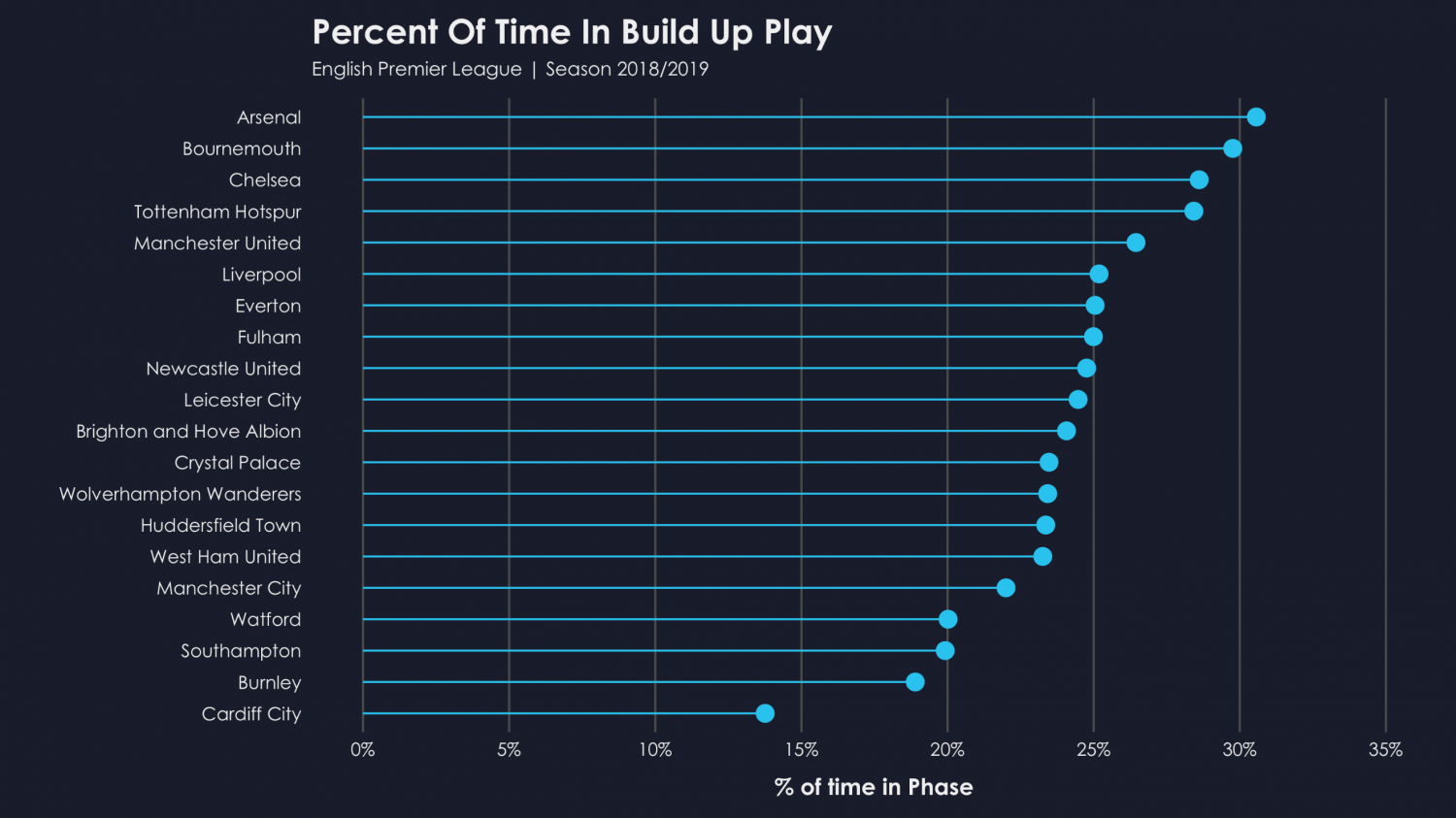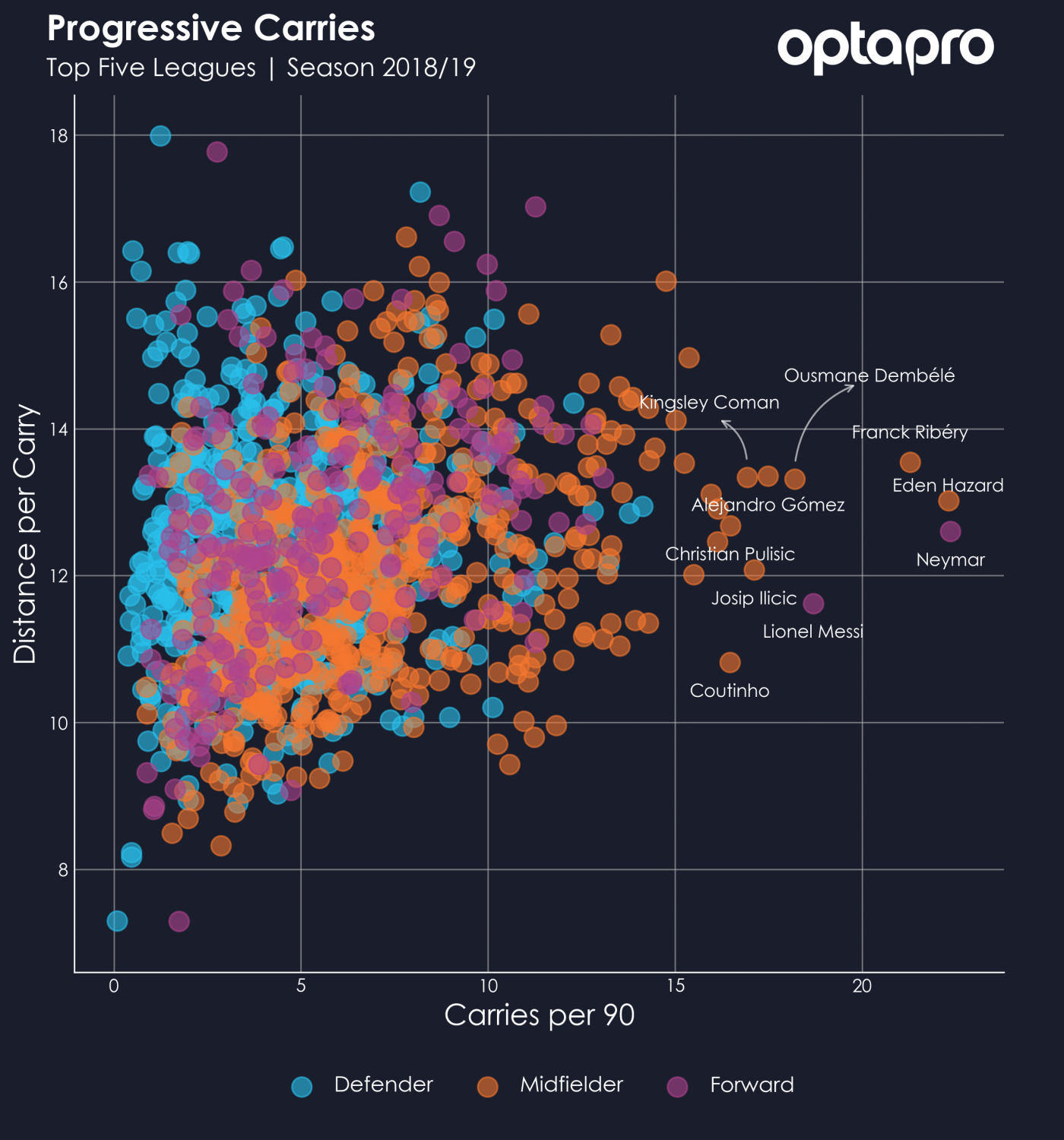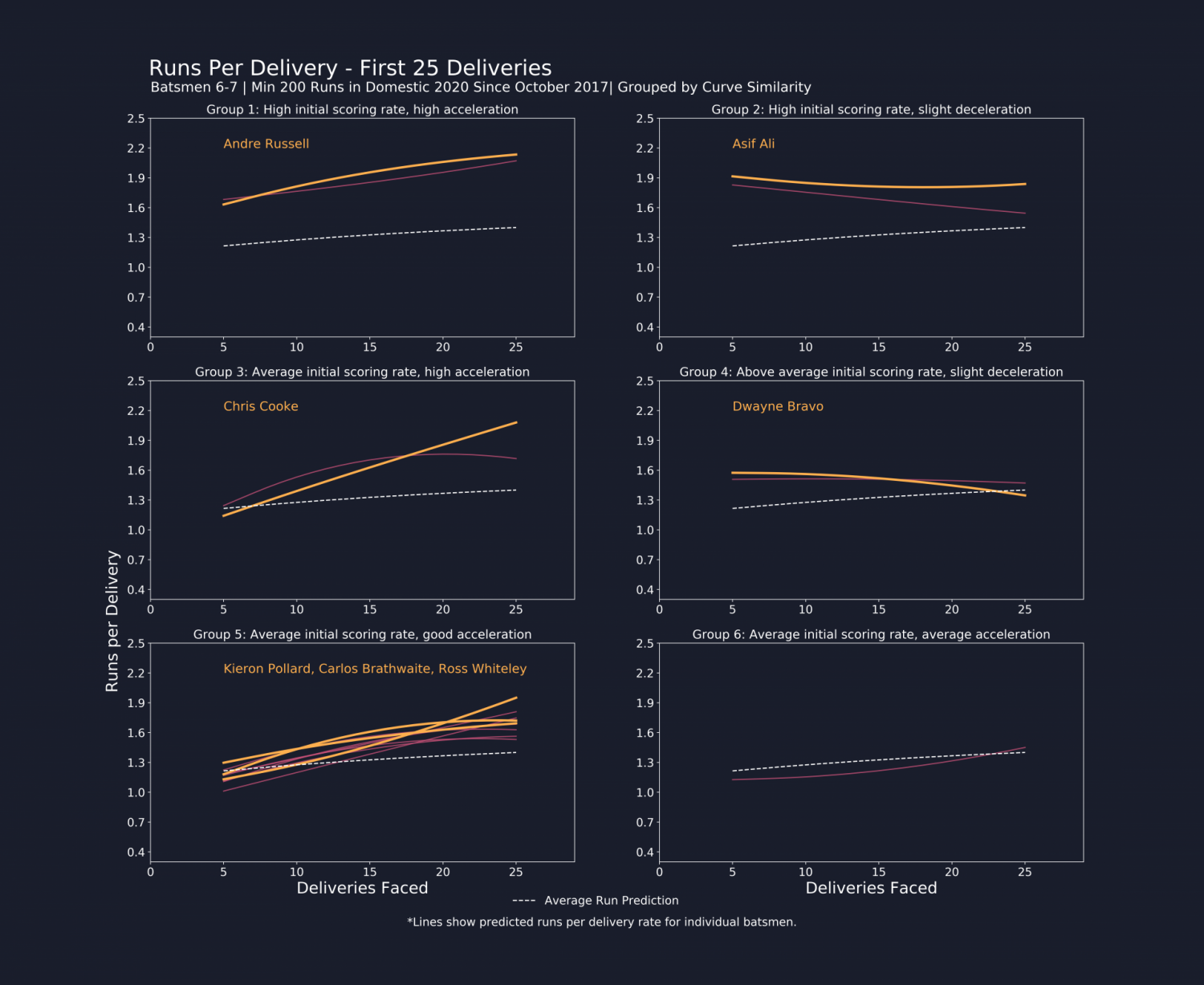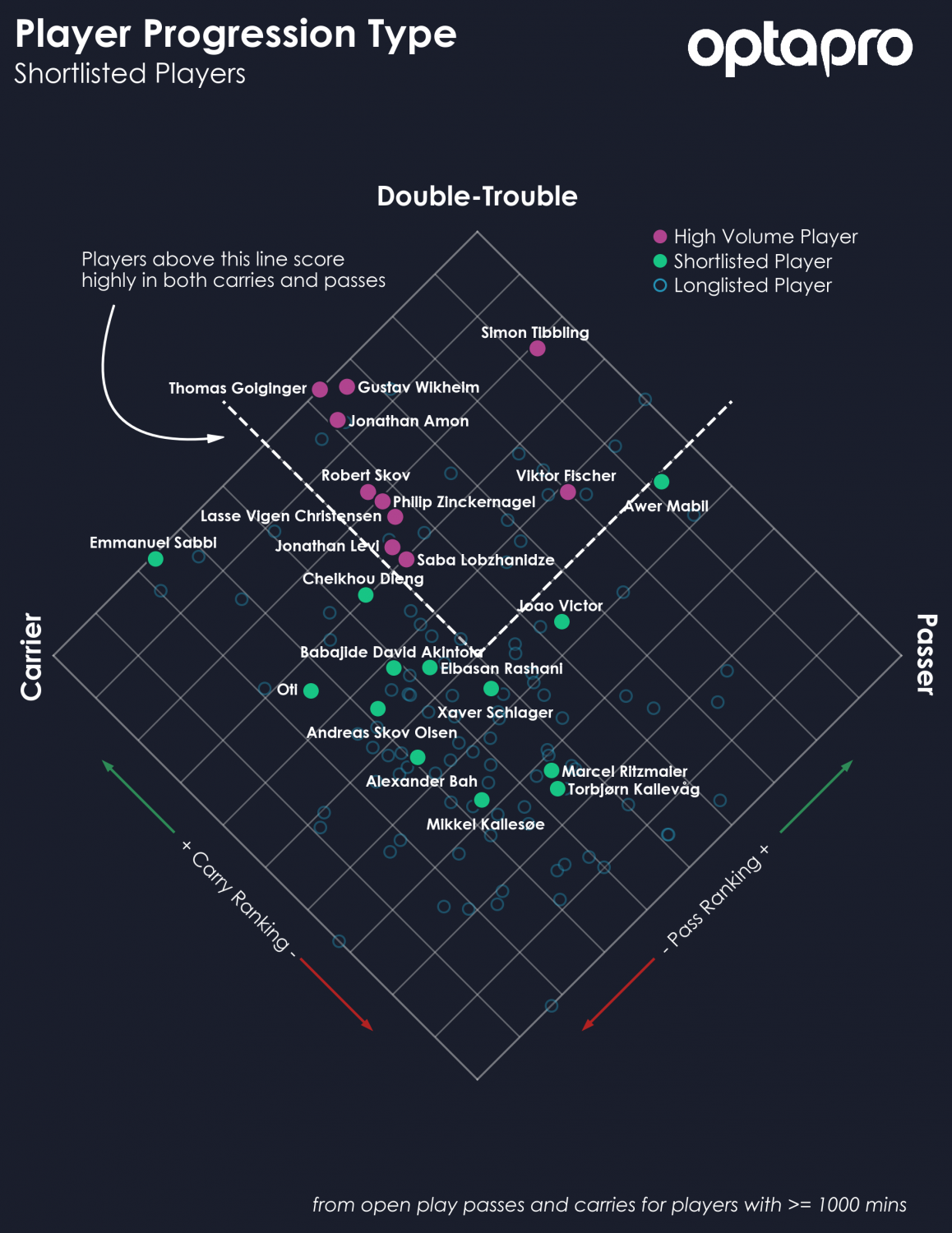As a decade which has seen significant advancements in the application of data analytics across professional football, rugby and cricket draws to a close, we look back on some of the most relevant, innovative work from this industry during the past 12 months.
To keep the review as concise as possible there are a number of pieces, published by both experienced practitioners and those new to the field, which have not been included. If there are any that you think should be added, please do let us know via the contact section of the OptaPro website.
January
In his debut blog for OptaPro, data scientist Will Gurpinar-Morgan applied a clustering technique to analyse the evolution in defenders’ passing in the Premier League.

January also saw the #OptaProSoccer Conference take place in Chicago, which included this presentation from American Soccer Analysis. Presented by Eliot McKinley and Kevin Minkus, the session summarised the group’s successful hackathon project, focusing on the modelling of player decision-making in the final third.
February
February is the month of the OptaPro Analytics Forum, which will again take place in 2020. At the 2019 Forum, one highlight was a presentation delivered by FC Barcelona’s Carlos Rodriquez, which outlined a complete computer vision pipeline for predicting the body orientation of players from panoramic videos.
March
In this research paper, Stats Perform AI scientists Paul Power and Aditya Cherukumudi introduced a new model which simulates goalkeeper performance using spatial and body pose data. The model enables analysts to swap goalkeeper identities and simulate the behaviour of different keepers across any shot within a dataset of over 150,000 shots.
Download their paper here.
April
During April OptaPro introduced Phases of Play, an innovative new model which partitions sequence events into six distinct possession phases, providing insights into tactical approaches and tempo.

During the same month, Chelsea’s Head of Research, Ben Smith, provided insights into how data supports the club’s academy player development process when he appeared as a guest on the MIT Sloan Management Review podcast.
May
In the lead-up to the UEFA Champions League Final, the work of Liverpool FC’s Research department, led by Ian Graham, was showcased in this New York Times article. The feature highlights how they support the club’s match analysis and recruitment processes.
June
During the 2019 Cricket World Cup, OptaPro introduced new metrics to model the evolution of batting performance throughout a limited-over innings.
In this analysis, data scientist Danny Dinsdale demonstrated how clustering analysis of innings progressions can be used to group players with similar batting archetypes.

July
The overriding objective of all advanced analytics is to ensure that new metrics can be applied to enhance a player or team’s performance on the pitch. In this video interview on the Hammarby website, David Sumpter explains how he is using Expected Goals to help the club’s attacking players with their on-field decision making (in English from 01:00 onwards).
July also saw OptaPro publish interactive 2018/19 season reviews for the leading European leagues, in addition to one focusing on emerging prospects aged under 23.
All of these reviews are available to view here.
August
OptaPro’s Peter McKeever presented a metric identifying progressive ball carriers, demonstrating the value they can bring to a team’s overall playing style. As part of his analysis, he highlighted how 7% of all Premier League sequences containing a progressive carry resulted in a shot between 2013 and 2018.

August also saw AZ Alkmaar’s Head of Technical scouting, Koen Veenstra, provide insights into how data is enabling the Eredivisie club to evolve its recruitment processes and support long-term strategic planning.
September
Going into the new decade, artificial intelligence is going to play an increasingly significant role in the analysis of professional sport moving forward. In this edition of Three at the Back, Paul Power provided a clear insight into what AI actually is, and crucially, how it can impact and be applied within the world of professional football.
Elsewhere, OptaPro introduced a goal-kicking probability model to help identify rugby union’s leading goal-kickers. The model included a number of key performance factors, including the match venue and the skill of the kick-taker.

October
October saw the draft take place for English cricket’s new Hundred competition, which will start in July 2020.
Prior to the draft, OptaPro’s advanced batting metrics were applied to group batsmen with similar batting archetypes to help franchises identify emerging and domestic players possessing similar outputs to high-profile performers – potentially informing key decisions relating to draft picks.

November
During the autumn Stats Perform launched a Possession Value Framework (PV), which establishes the probability of a team scoring from an individual possession and assigns credit to individual players based on positive and negative contributions, covering key on-the-ball events.
In November Peter McKeever applied PV to identify potential recruitment targets for players based in Scandinavia and Central Europe who could potentially improve a team’s attacking output in wide areas down the left.

December
At the 2019 FC Barcelona Sports Analytics Summit, Laurie Shaw delivered a talk which applied tracking data to outline how chance creation is related to the disruption of a defensive formation.
A write-up of the work, which won the best research paper prize at the event, can be found here.